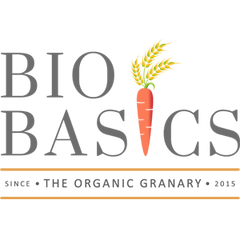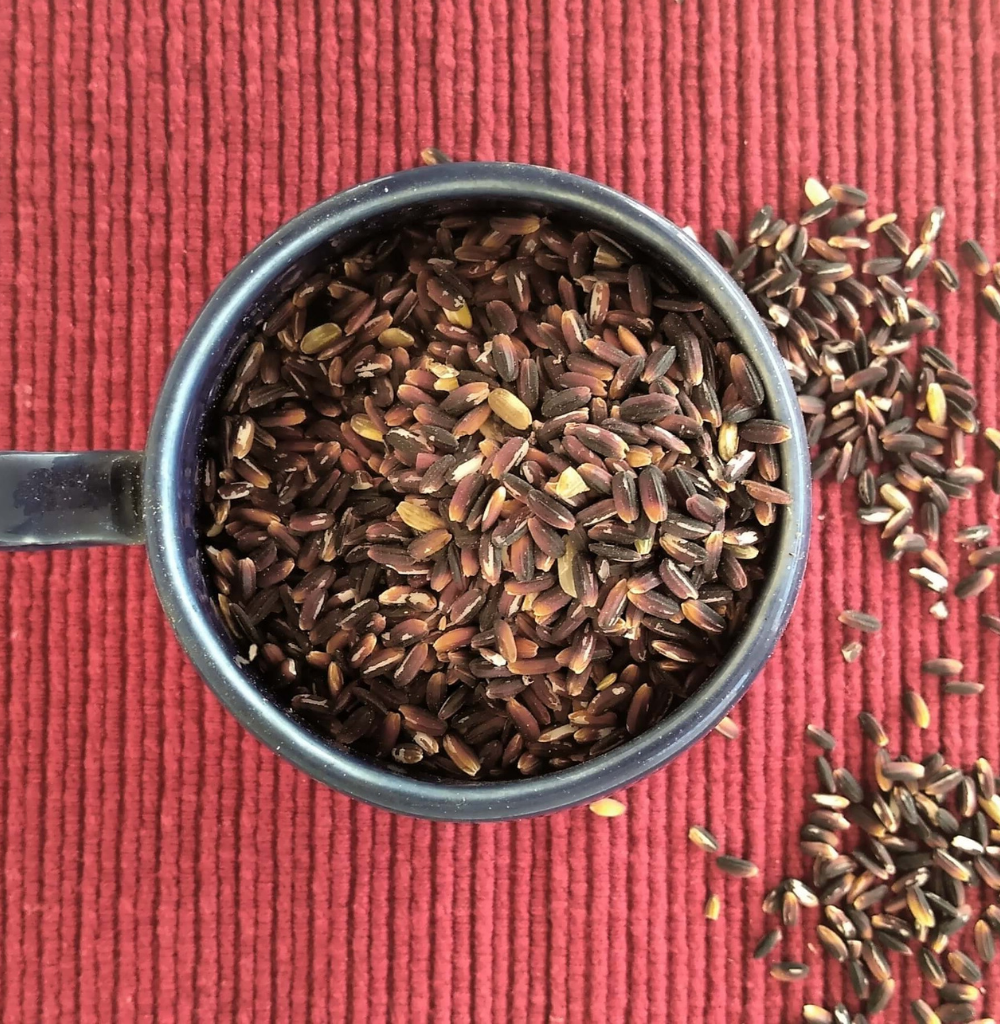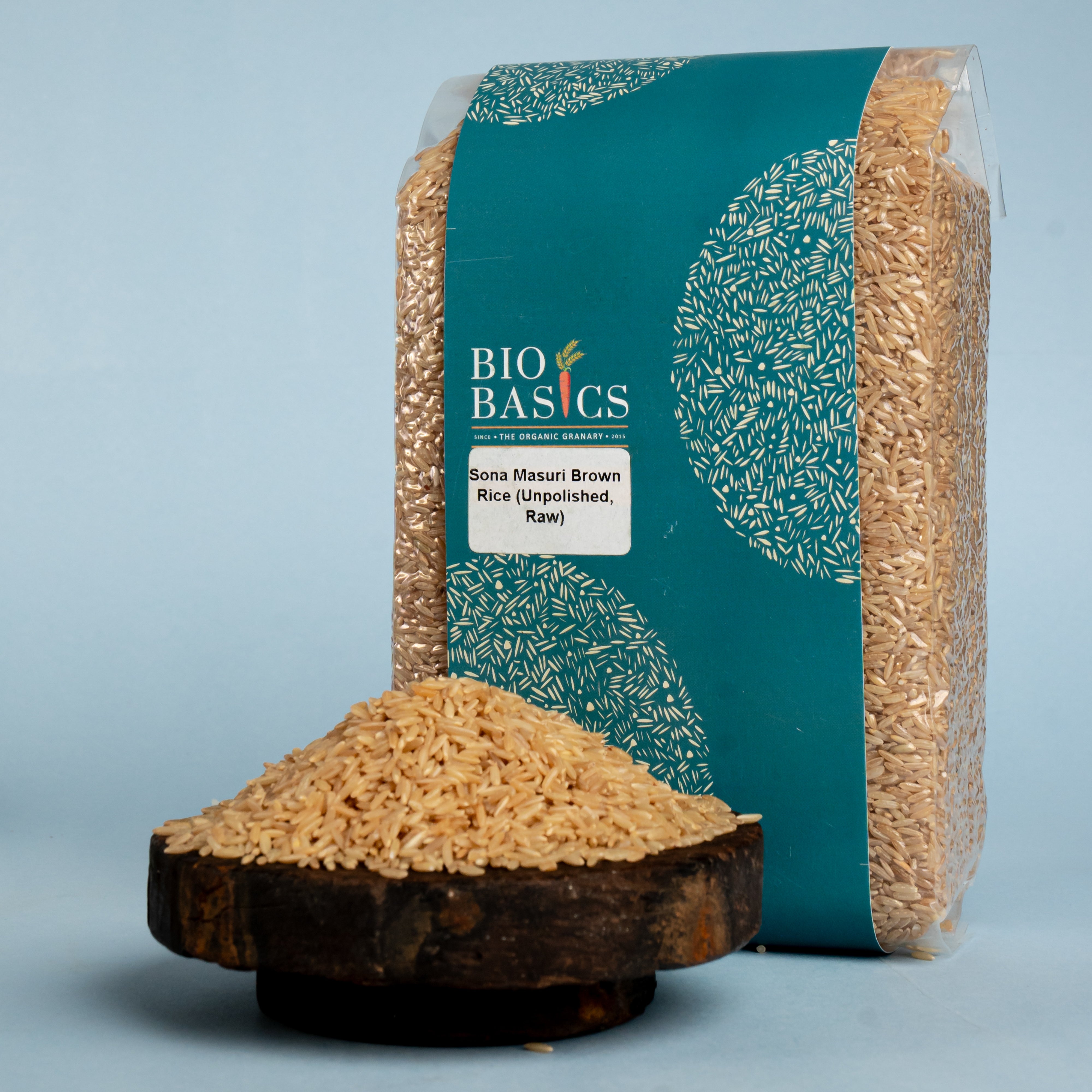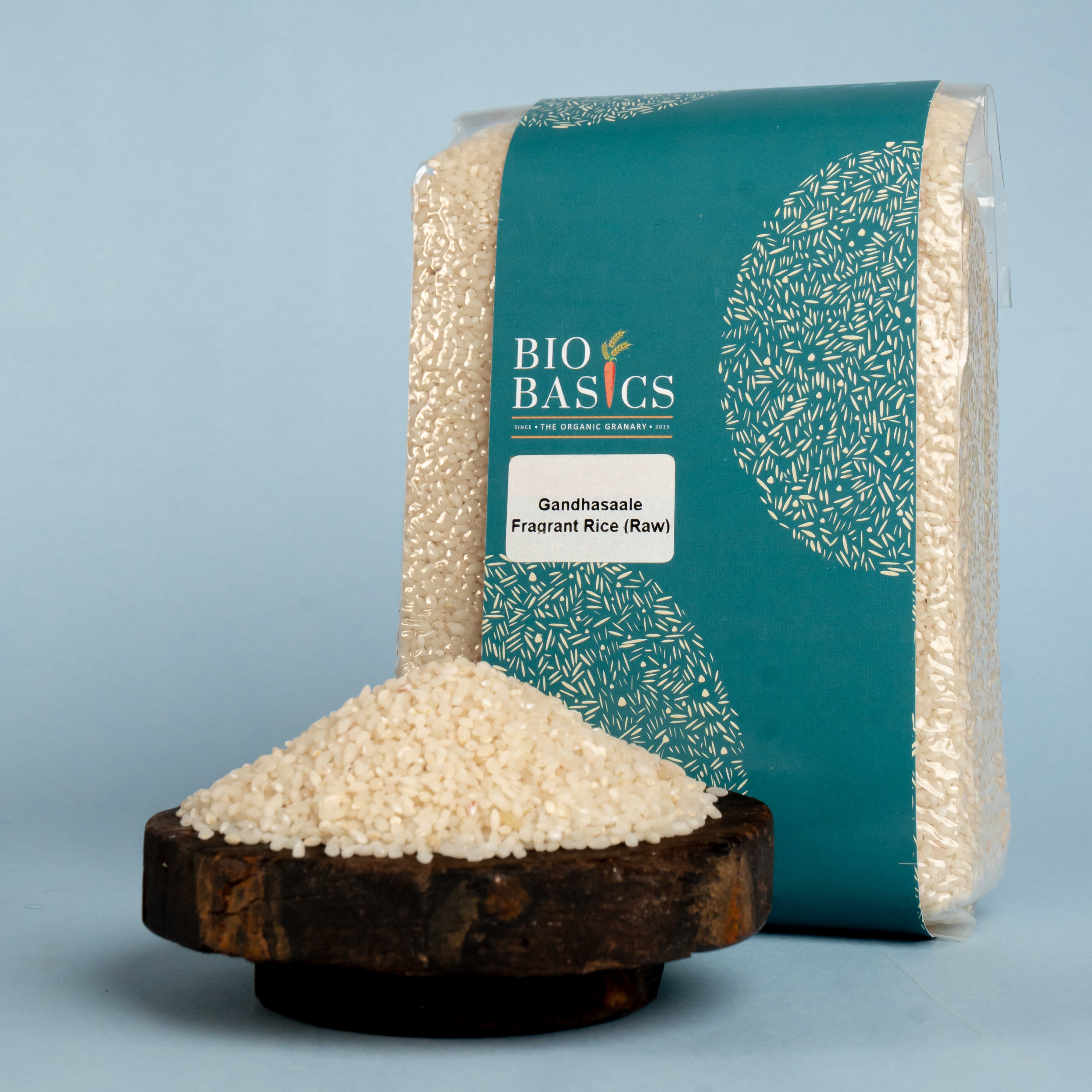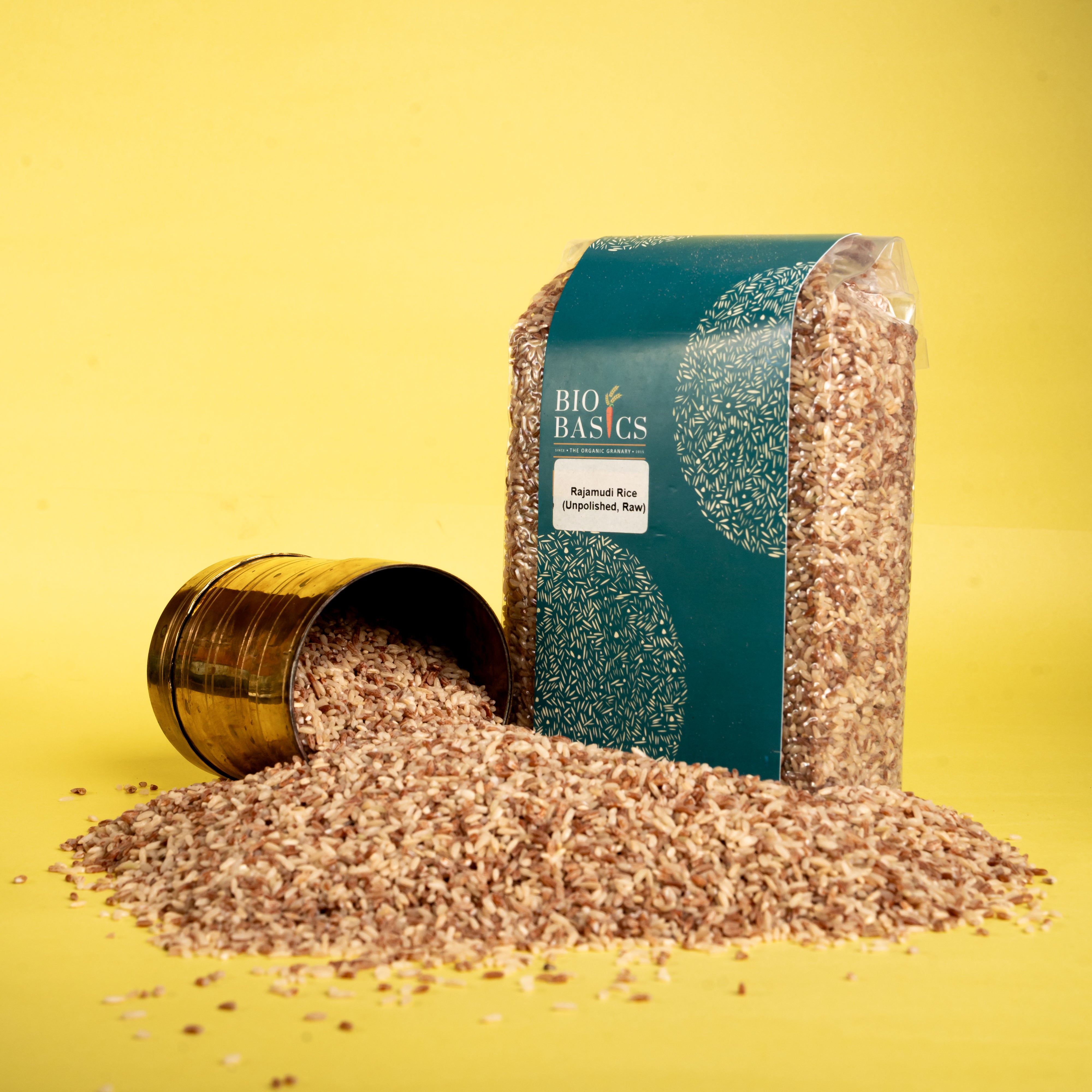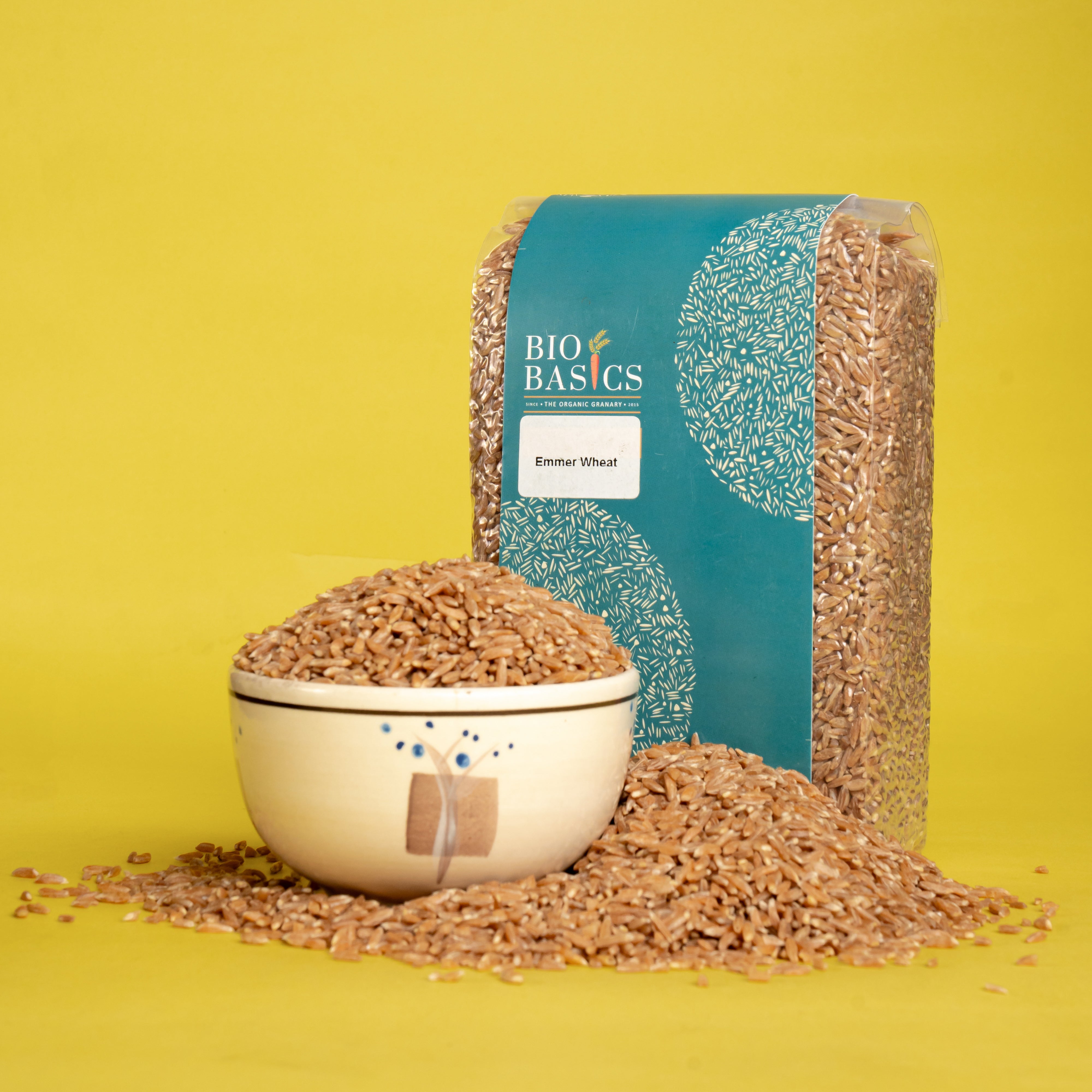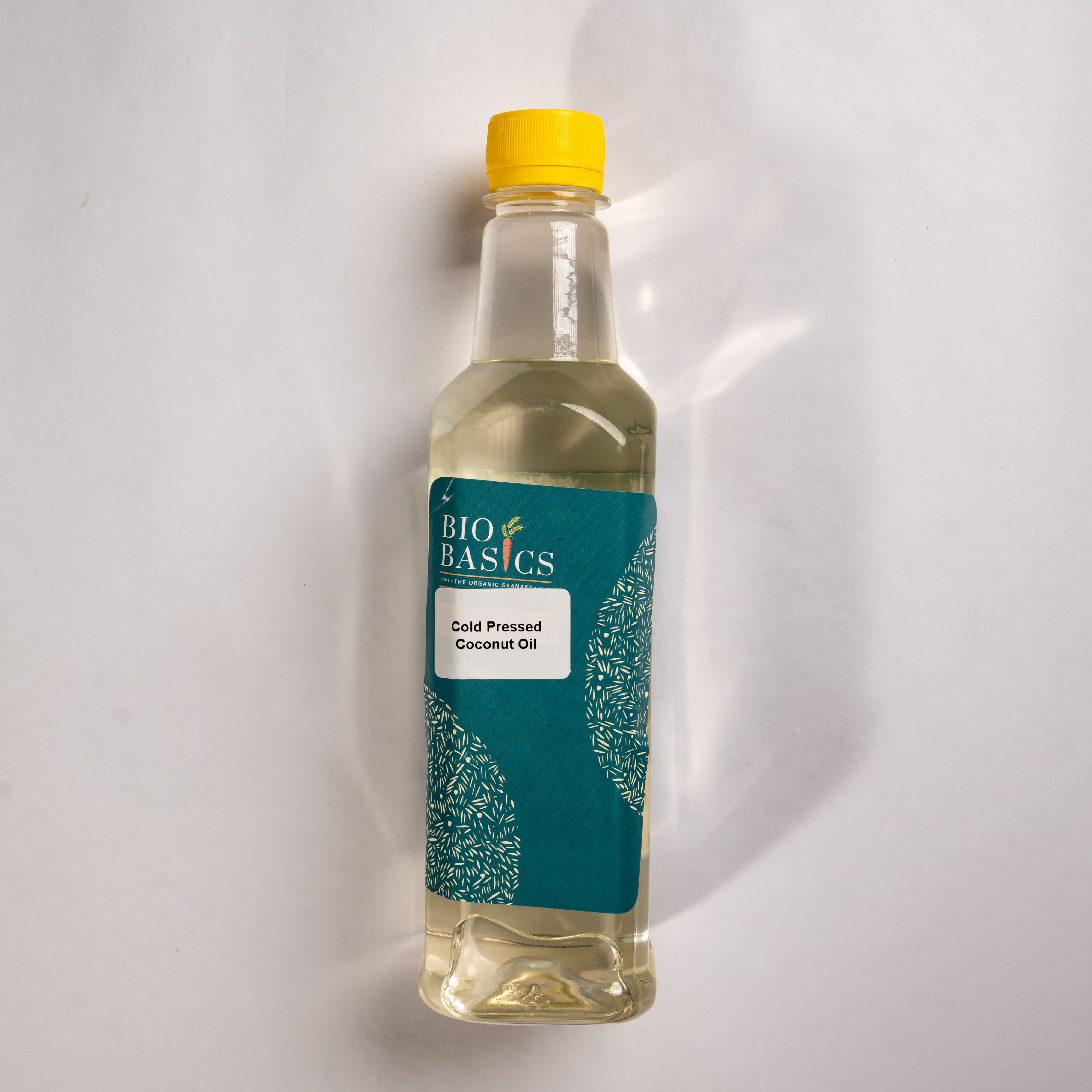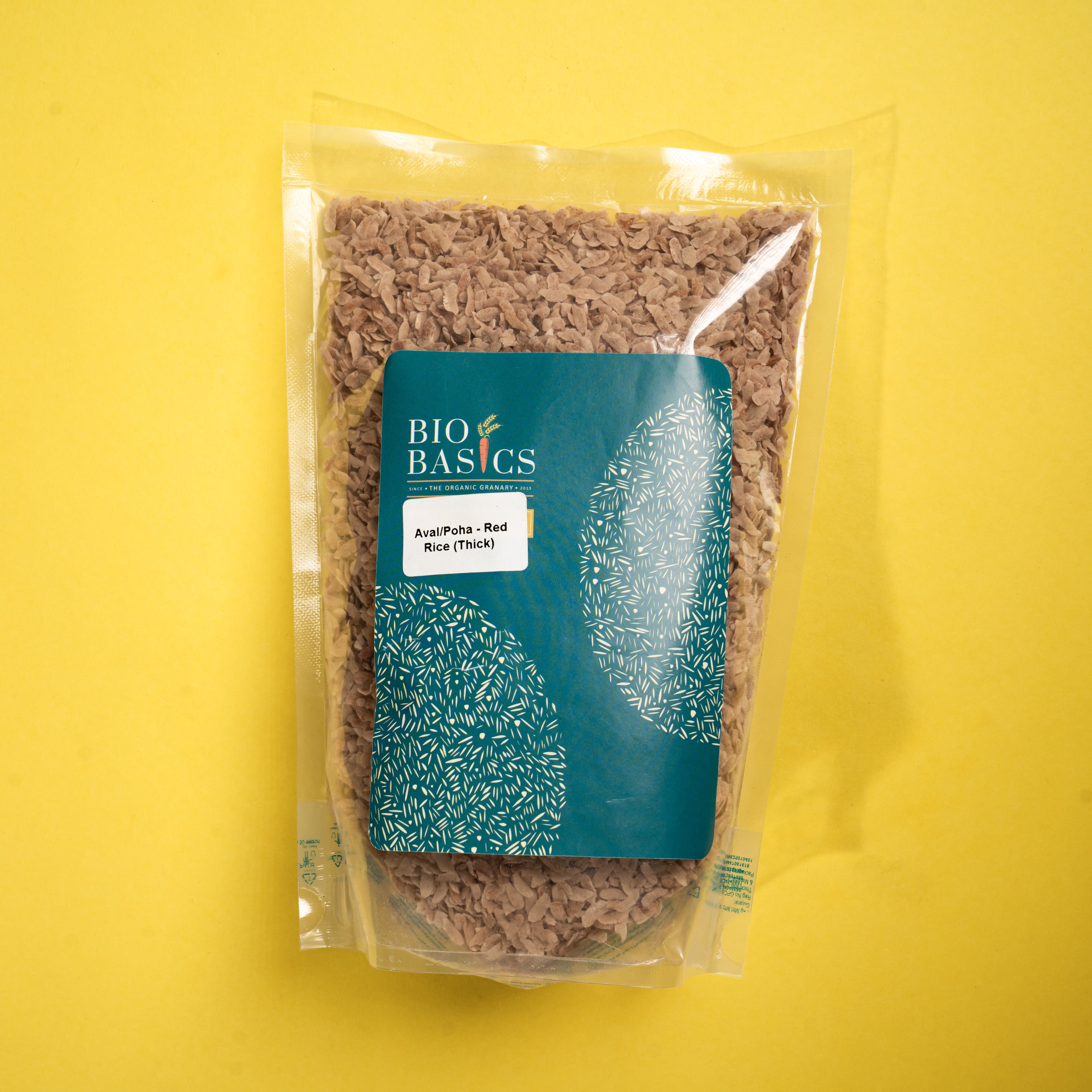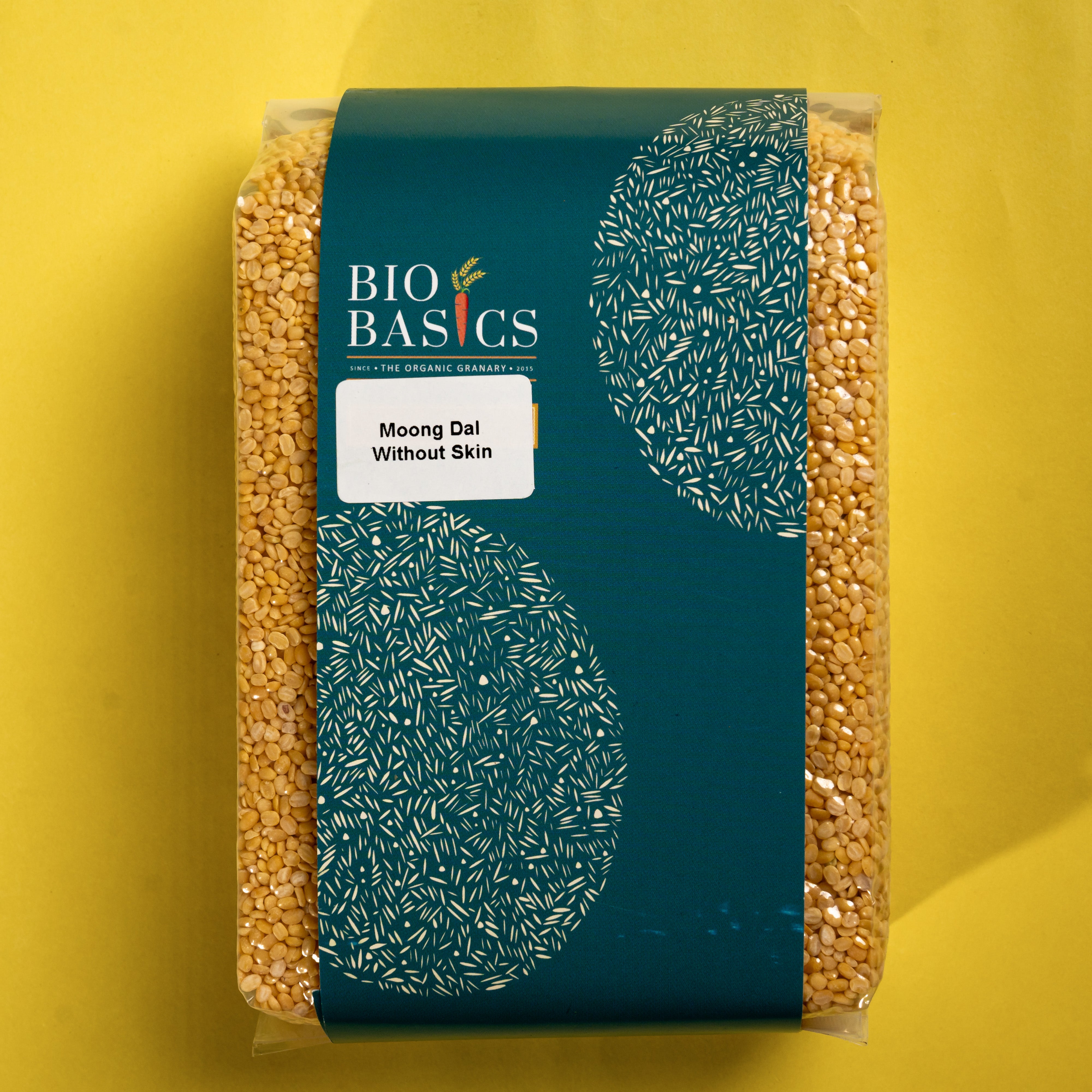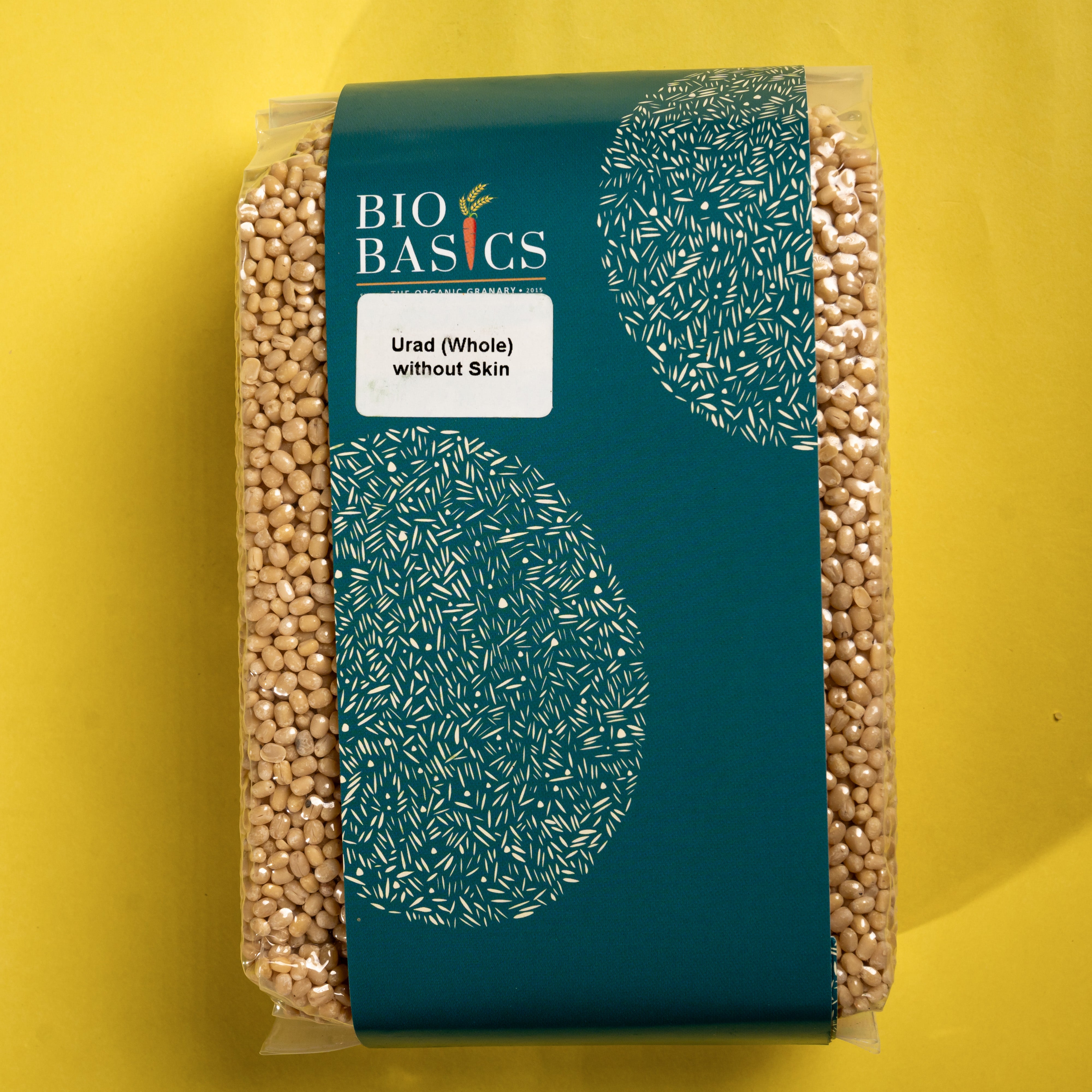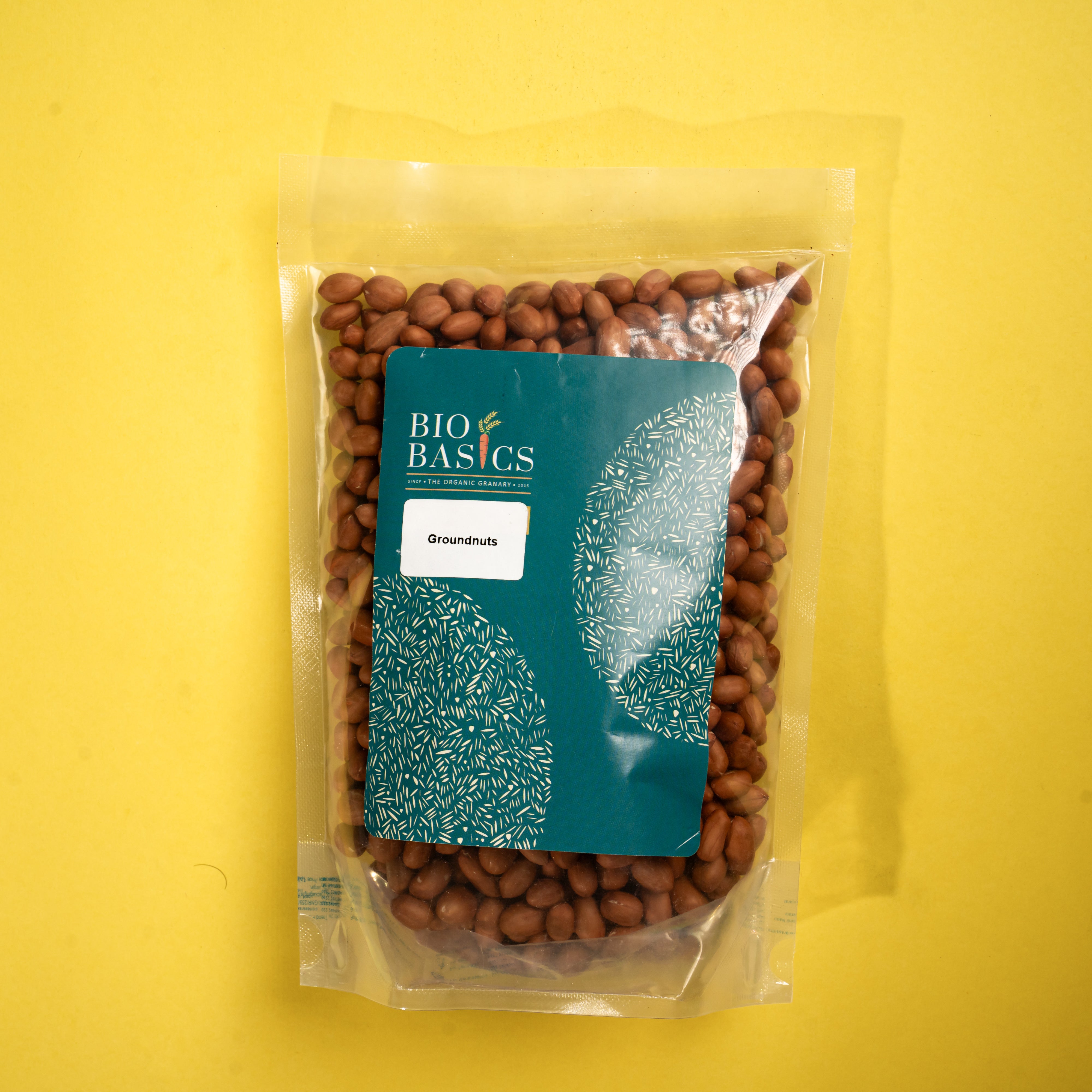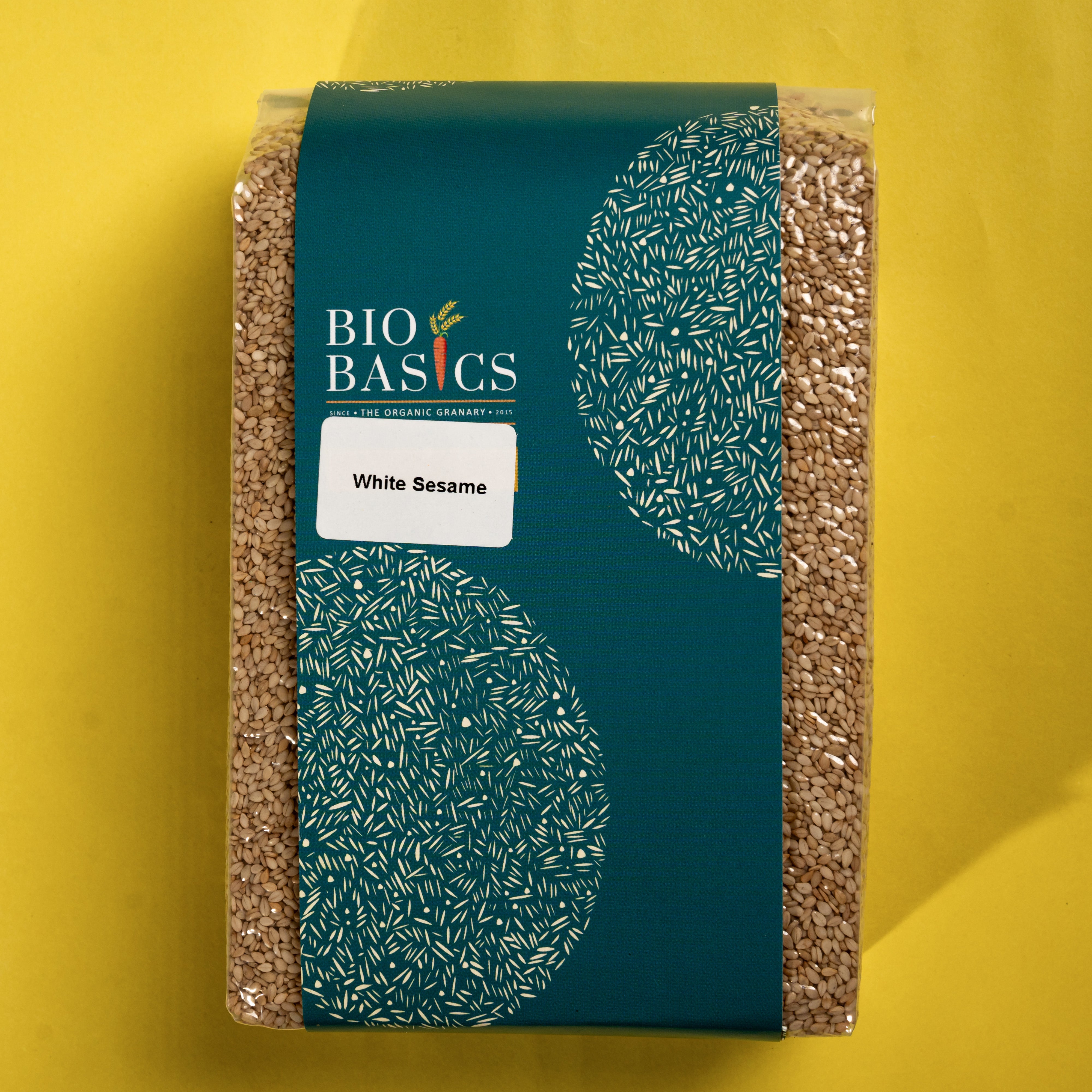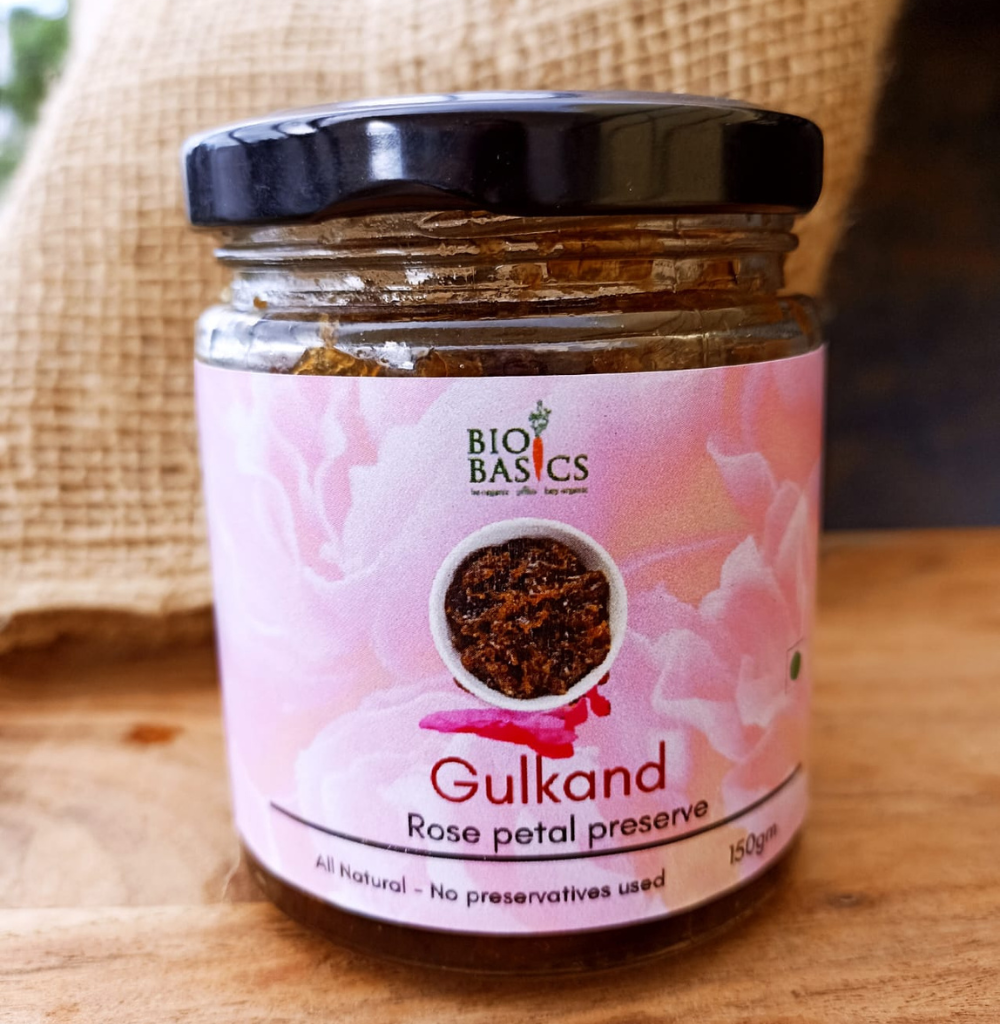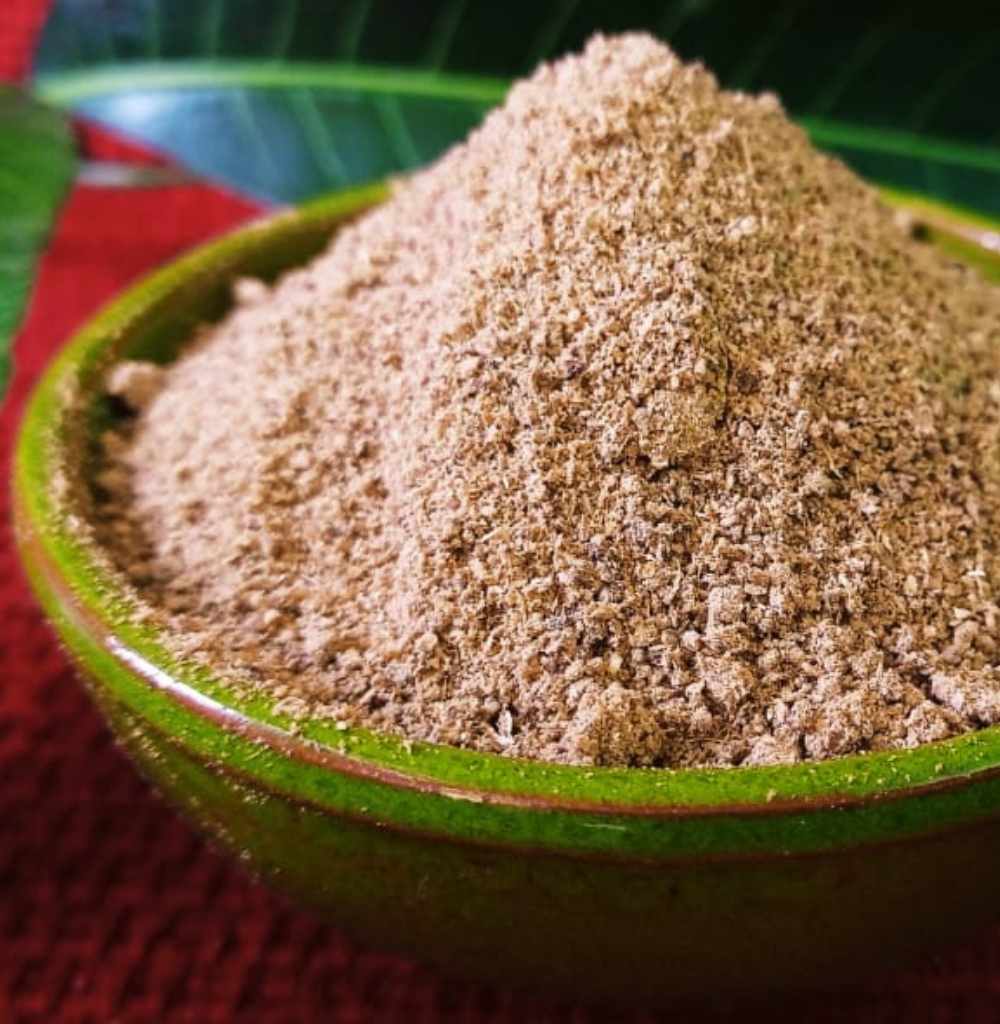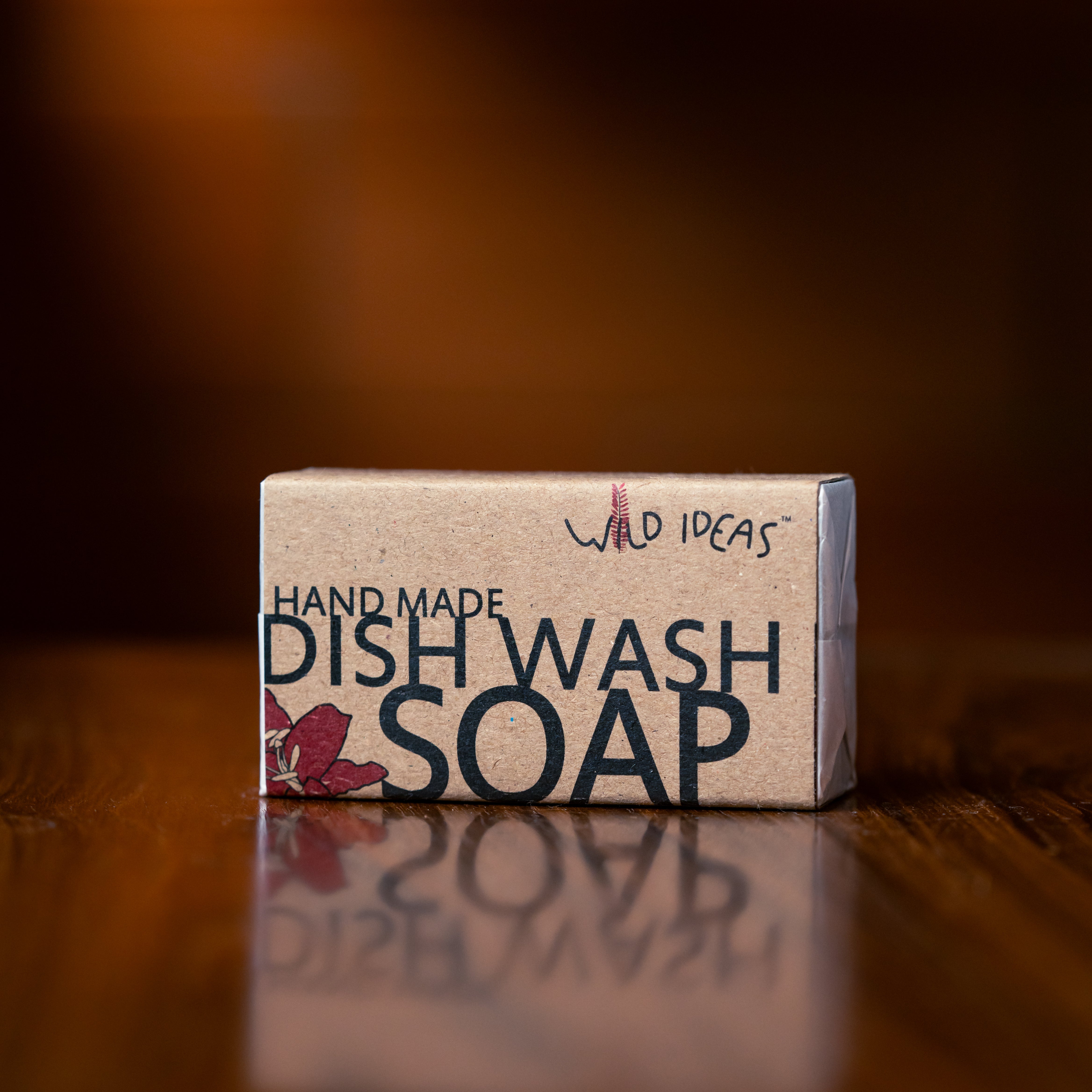Barnyard millet - Samva- Kuthiraivali- Oodalu- Syamak- Jhangora - Bhagar- Samo
This ancient millet that was domesticated in Japan 4000 years ago. The Indian barnyard millet grows in the millet growing regions of India. Small grained with a light grey colour, when hulled and unpolished it can be recognised because of its eye, the black spot on the millet that does not go away even after it is cooked. That's how I learnt to recognise it from little millet/samai/kutki, which is very similar in appearance. Among the millet rices one of my favourites is barnyard millet. It is a favoured fasting food during Navaratra in many parts of India and therefore called vrat ka chawal. But the question remains whether this counts as a seed or a grain?
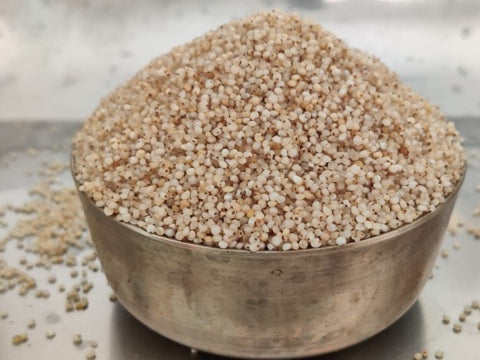
It is an easy to cook, tasty millet used and eaten as millet rice. The millet is hulled to remove the husk and the rice is eaten. In many places the millet rice is also polished making it look completely white. Ideally it should be light brown colour with its bran intact.
In terms of health benefits this is a powerhouse. Known for being the millet with the highest iron and fibre content, it is an excellent rice replacement. It has low carbohydrate content, which is slowly digestible. As per research studies it is a low GI food (GI values ranging between 41-50 depending on how the grain is treated) and it also provides high satiety making it an ideal food for weight and blood sugar management.

What makes millet growing complicated? Isn't this an easy crop? Millets have to be grown in large tracts of land, if grown in small tracts of land birds will help you with the harvest and you will be left only with the plant residue to feed the cattle. This is something I learnt the hard way when I tried growing millets in small patches of land.
A millet also needs a community to grow it and process it. The young planted it, the elderly and the children guarded it from birds and the women harvested it. And earlier these millets were processed by hand, a very laborious process indeed. Now there are machines available with farmer groups that have made the process easier. The machines help with destoning and removing the broken during the milling. Even then hand winnowing is done and one round of hand cleaning too to make it ready for cooking. This is especially in the case of unpolished millet rices.
Bio Basics gets its barnyard millet from two organic farmers collectives. The farmers grow it, the processing facility in the collectives dehull and process it. The organically grown millet is normally stored as seed, hulled into unpolished rice, and fresh every month. Try it, you will love it!
Devi
Co-Founder, Bio Basics
